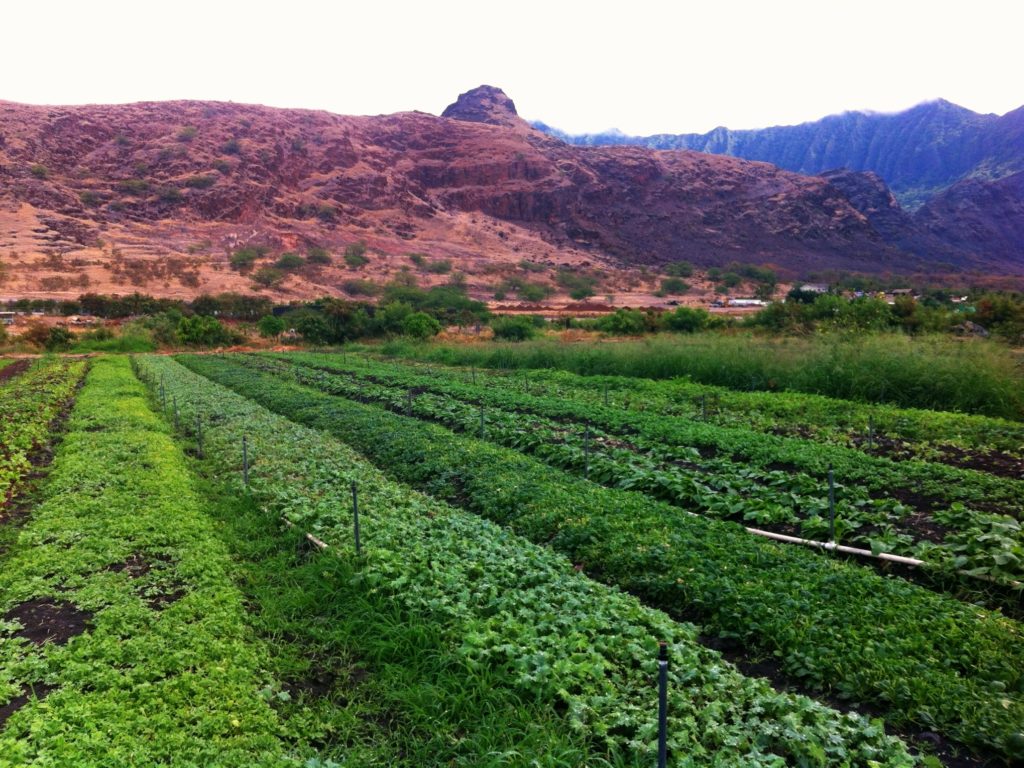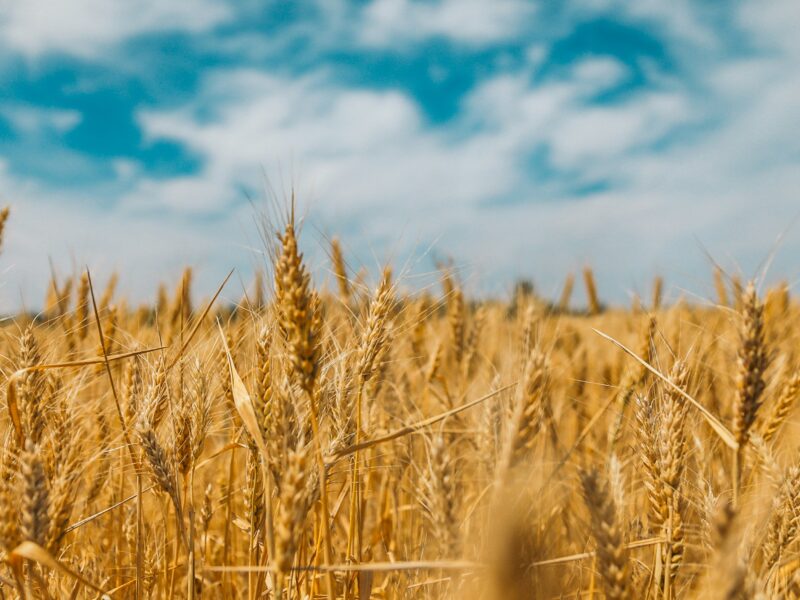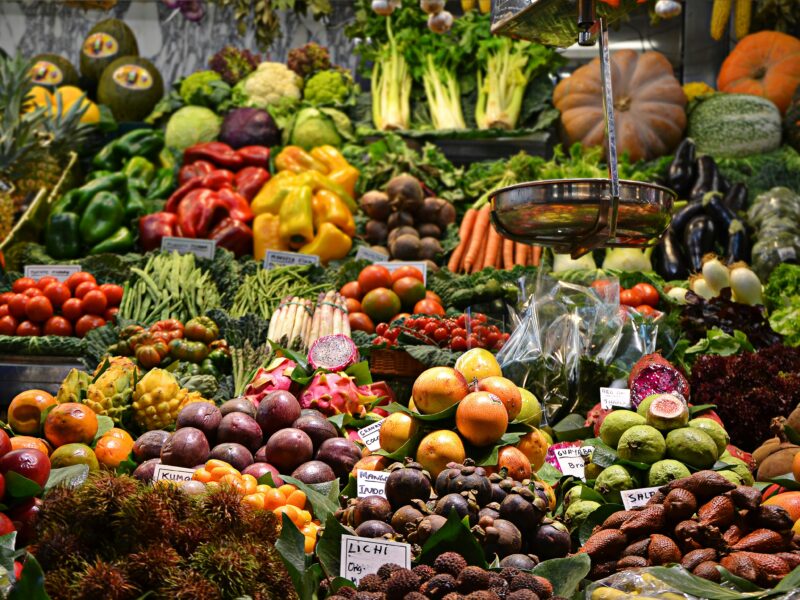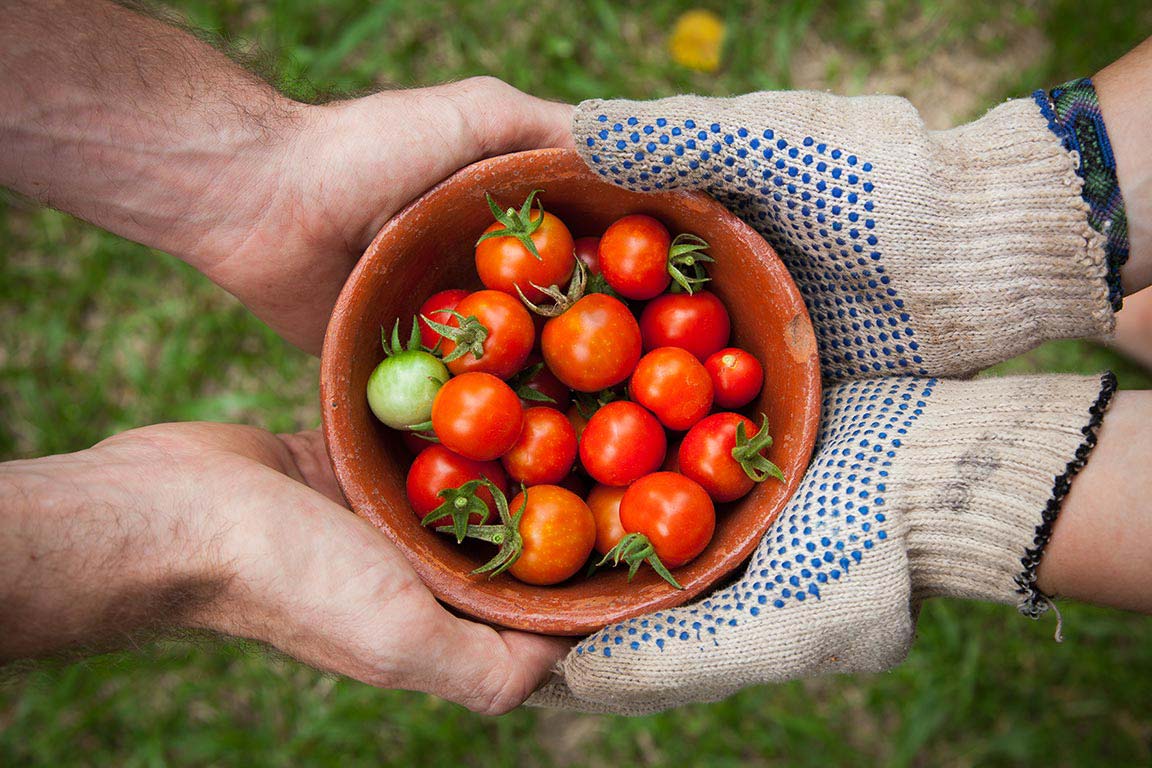By: Violet Batcha
The solution to climate change? Organic agriculture!
A new white paper from the Rodale Institute estimates that if all crop and pastureland across the world was converted to regenerative organic agriculture it could sequester over 100 percent of our annual carbon dioxide (CO2) emissions, virtually zeroing out the world’s yearly CO2 emissions.
Healthy soil naturally retains photosynthesized CO2 instead of releasing it back into the atmosphere, where it contributes to the rising levels of greenhouse gases, which drive climate change. Unfortunately, contemporary farming has drastically reduced the health of soil.
Since humans began farming, agricultural soils have lost somewhere between 30 to 75 percent of the carbon they once stored. On top of that, contemporary agriculture practices have led to a direct agricultural emission increase reaching about 10 percent of our total CO2 emissions.
Regenerative organic agriculture uses practices that improve the health of soil, allowing it to store more carbon while reducing the amount of direct greenhouse gas emissions. It refrains from the use of synthetic pesticides and inputs, which disrupt soil life, as well as nitrogen fertilizer, which is responsible for the majority of nitrous oxide (N2O) emissions caused by human activity.
By using practices such as, cover crops, crop rotation and conservation tillage, organic agriculture drastically increases soil biodiversity and health allowing it to store much higher levels of carbon. These practices can increase the amount of carbon stored in the soil by nine percent in just two years and 21 percent in six years.
As CO2 levels in the atmosphere have recently hit a record high and ominous threshold for climate change, we are running out of time to take action. It’s time to seriously consider organic agriculture as a viable solution.









